
Barbara A. Smith – Motivational Activities Using Everyday Materials for Children with Special Needs
- Effective, inexpensive and fun activities that you can use immediately
- Develop cognitive, communication, sensory and fine-motor skills
- Integrate iPad® apps and animal-assisted therapy
- Improve deficits in visual, auditory, tactile and kinesthetic sensory systems
Discover an array of innovative and ‘ready to use’ strategies to increase children’s functional skills in the areas of:
- Cognitive/communications abilities
- Functional vision and visual processing skills
- Sensory processing and motor skills
- Social emotional skills
- Executive functioning (i.e. attention, persistence, organization, problem solving skills)
Through hands-on activities, activity demonstrations, case studies, and video clips you will walk away with evidenced-based strategies and motivational activities that will facilitate your student’s unique growth patterns in all areas of learning, at all skill levels. Learn how to integrate animal-assisted therapies (with a focus on hippotherapy) and iPad® technologies to promote engagement, communication, and motor skills. You will leave with a collection of intervention tools that increase student engagement and motivation in order to promote therapeutic/ educational objectives as well as adaptations that make the activities accessible for children with physical disabilities.
Because having fun is a critical aspect of all learning, be prepared for a multi-sensory experience that will activate your smile muscles. It is very rewarding and gratifying to know that you will be able to take these ideas back to the members of your team to implement and effectively serve children. Please come prepared to participate, so dress comfortably!
- Describe key types of activity adaptations that promote cognitive, sensory-motor, social-emotional, communication and play skills.
- Explain the benefits of various evidence-based and anecdotally supported interventions when working with developmentally delayed children.
- Discuss the use of iPad® apps to promote cognitive, motor, communication and daily living skills.
- Determine the role of animal-assisted therapies in supporting children with disabilities and its role in various therapies.
- Design supports, adaptations and activities for students with functional vision challenges.
- Plan age-appropriate pre-vocational activities for older students.
Diagnoses & Types of Assessment Tools
- Multiply Handicapped with Profound/Severe Delays
- Autism Spectrum Disorder
- Other Developmental Disabilities (i.e. Down Syndrome)
- Sensory Processing Disorders
- Learning Disabilities/Mild Fine Motor Delays
- Functional Vision Deficits
Typical Early Child Development Activities/Adaptations
- Cognition
- Communication/Play Skills
- Sensory-Motor Skills
- Fine and Gross Motor Skills
Classification of Evidenced-Based Interventions
- Play-Based
- Direct Skills Training
- Behavioral Approaches
- Sensory-Based
Teaching Strategies
- Adaptations for Visual Deficits and Visual Motor Activities
- Adapting/Simplifying Activities for Success
- Integrating Movement into Academics
- Movement Break Activities
- Behavioral Techniques Based on ABA Guidelines
- Forward Chaining
- Backward Chaining
- Hand Over Hand Techniques
- Creating Success Only Activities
- Developing Pre-Vocational Skills (in Students with Developmental Disabilities)
- Adding Sensory Components to Behavioral Based Interventions
- The 80/20 Rule to Build Competence
- Apps That Engage Sustained Attention and Eye Contact, Basic Learning Concepts and Motor Skills
Adaptations for Older Students (4th- 8th Grade)
- Team Approach to Improving Communication and Writing Skills
- iPad® Apps for Organization, Social/Emotional Function and Communication Skills
- Meet the Older Students’ Sensory Motor Needs
Types of Animal-Assisted Therapies
- Dolphins
- Dogs (Therapy Dog vs. Service Dog)
- Horses (Therapeutic Riding vs. Hippotherapy)
- Small Animals (Bunnies, Cats)
Skill Areas Address (Animal-Assisted Therapies)
- Sensory Processing
- Cognitive/Visual Perceptual Skills
- Communication Skills
- Postural Control, Strength, Muscle Tone, Motor Planning
- Social Emotional Skills
- Fine-Motor Skills
Contraindications and Information on Training/Certification
Resources for Continued Learning
What is health?
The word health refers to a state of complete emotional and physical well-being. Healthcare exists to help people maintain this optimal state of health.
According to the Centers for Disease Control and Prevention (CDC), healthcare costs in the United States were $3.5 trillionTrusted Source in 2017.
However, despite this expenditure, people in the U.S. have a lower life expectancy than people in other developed countries. This is due to a variety of factors, including access to healthcare and lifestyle choices.
Good health is central to handling stress and living a longer, more active life. In this article, we explain the meaning of good health, the types of health a person needs to consider, and how to preserve good health.
In 1948, the World Health Organization (WHO)Trusted Source defined health with a phrase that modern authorities still apply.
“Health is a state of complete physical, mental, and social well-being and not merely the absence of disease or infirmity.”
In 1986, the WHOTrusted Source made further clarifications:
“A resource for everyday life, not the objective of living. Health is a positive concept emphasizing social and personal resources, as well as physical capacities.”
This means that health is a resource to support an individual’s function in wider society, rather than an end in itself. A healthful lifestyle provides the means to lead a full life with meaning and purpose.
In 2009, researchers publishing inThe LancetTrusted Source defined health as the ability of a body to adapt to new threats and infirmities.
They base this definition on the idea that the past few decades have seen modern science take significant strides in the awareness of diseases by understanding how they work, discovering new ways to slow or stop them, and acknowledging that an absence of pathology may not be possible.
Barbara A. Smith – Motivational Activities Using Everyday Materials for Children with Special Needs
Readmore About : Barbara A. Smith






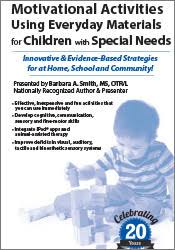


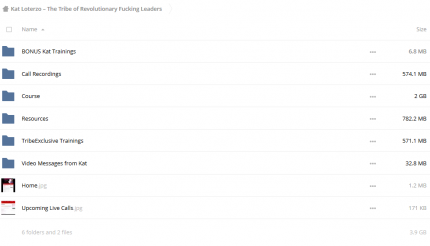
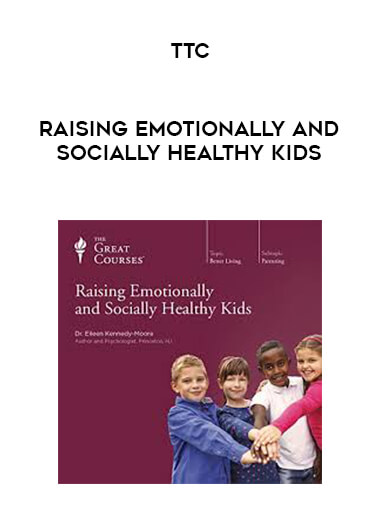



![Actioncoach.Kajab - Brad Sugars Profit Masters [Billionaire in Training] download](https://ivseed.info/wp-content/uploads/2022/03/zz.jpg)
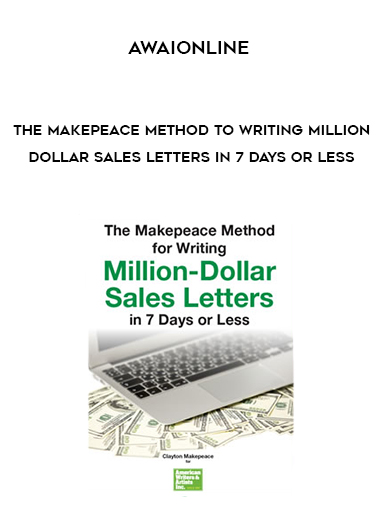

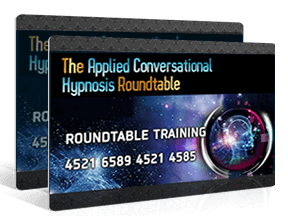



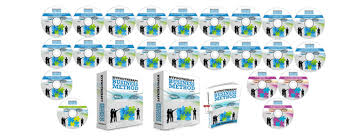
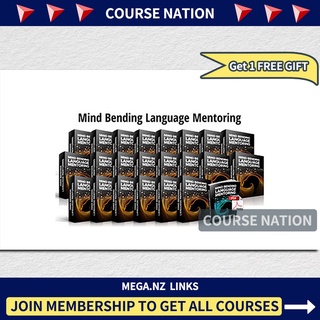
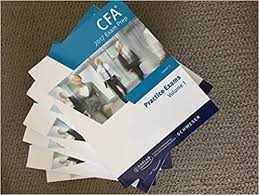
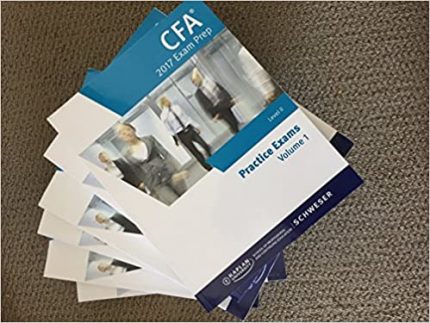
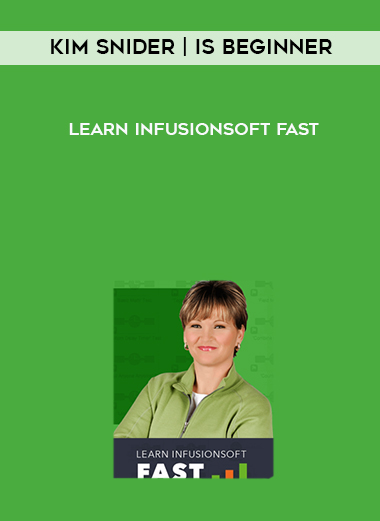
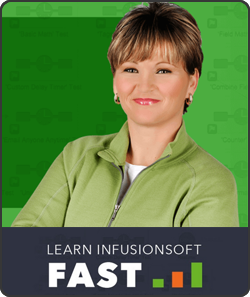


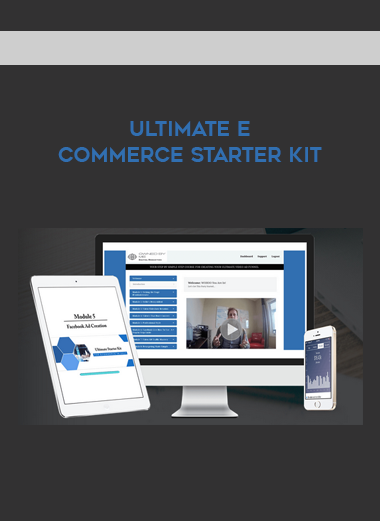










Reviews
There are no reviews yet.